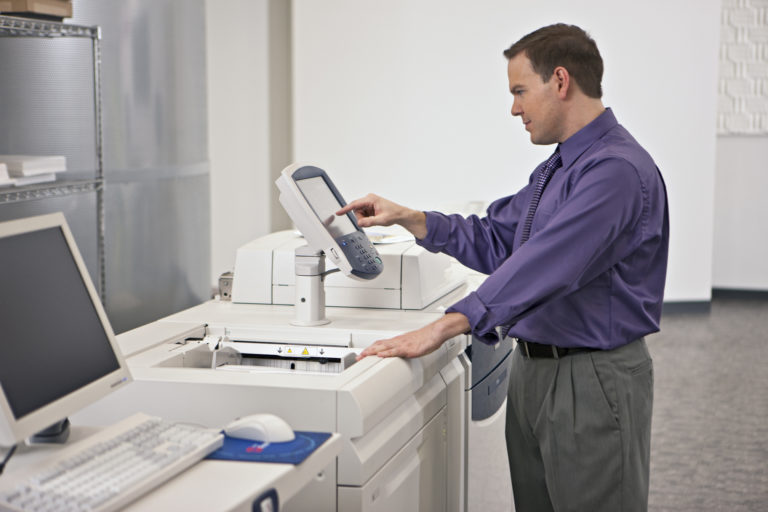 The idea that print and print production facilities are destined to go out of business is just plain wrong. In this article we will discuss our experiences with companies printing more and cite studies and articles about the growth of printed books, newspapers and magazines.
The idea that print and print production facilities are destined to go out of business is just plain wrong. In this article we will discuss our experiences with companies printing more and cite studies and articles about the growth of printed books, newspapers and magazines.
Last year, more of the companies we worked with experienced volume growth as opposed to volume declines. It did not matter if they were large or small or what kind of printing they performed. Here are three examples.
- In the panhandle of Florida, one religious book printer decided that digital printing equipment could not keep up with the increasing demand and instead needed to reinvest in web and sheet-fed presses.
- On the other side of the country, a small school district in Northern California reduced staff expecting course materials to migrate from print to electronic alternatives…only to find that printed course materials continued to grow, requiring additional staff and faster machines.
- In the Midwest, a construction company with regional offices is currently using a large number of light production printers and is considering replacing them with production printing equipment in a centralized in-plant facility to reduce the cost of printing.
In addition to the book publisher and school district mentioned above, there is more evidence that the future of eBooks is more vulnerable than paper books. Naomi Baron, a professor of linguistics at American University, is the author of Words Onscreen: The Fate of Reading in a Digital World. She surveyed the reading habits of students around the world and found that a whopping 92 percent of them prefer print.
 Baron believes that there is a higher degree of satisfaction seeing the progress you’ve made reading a printed book as opposed to an on-screen version as one possible reason for print’s popularity. In an interview with The New Republic, Baron said another major strike against eBooks is that students “get distracted or pulled away to other things.” This is consistent with a New York Times article from last fall, reporting that eBook sales are slowly declining.
Baron believes that there is a higher degree of satisfaction seeing the progress you’ve made reading a printed book as opposed to an on-screen version as one possible reason for print’s popularity. In an interview with The New Republic, Baron said another major strike against eBooks is that students “get distracted or pulled away to other things.” This is consistent with a New York Times article from last fall, reporting that eBook sales are slowly declining.In the study Touching is Believing, 272 newspaper readers read the same newspaper in print, on a computer and on a tablet. Those that read and touched the printed version reported being able to touch the ads . . .
- made the brand feel more trustworthy and sincere
- heightened perceptions of brand confidence and reliability
- increased customer satisfaction and likelihood to recommend scores
- was considered more honest, engendered more confidence, and was considered more reliable
Lastly, there are numerous stories about print magazine success and direct mail promotions, but perhaps most interesting is a Columbia Journalism Review entitled Print is Dead. Long Live Print. The article describes how Roger Fidler, the forefather of digital journalism, has conceded that online newspapers and online ads may not be working well.




Since the advent of the first Apple II in 1977 there have been many who proclaim the death of printed books. This dooms day call has gone forth from the technology community so many times in the past 40 years that it ceases to have credibility. The last great “global killer” of printed books was supposed to be the eBook. In the US eBook sales have declined now 12 straight quarters and they declines overall in 2016 15% over 2015 sales. Printed Books, like the wheel, is simply a terrific technology in and of itself. Printed will continue to thrive for many years.
thanks Jerry